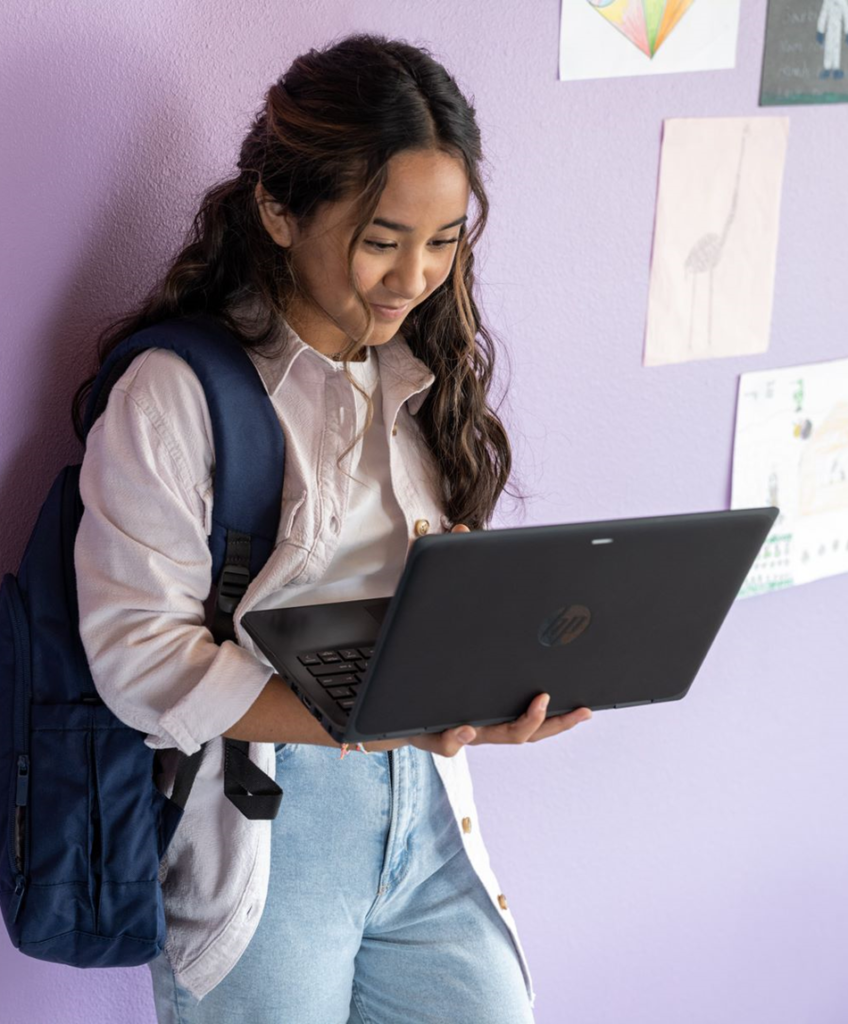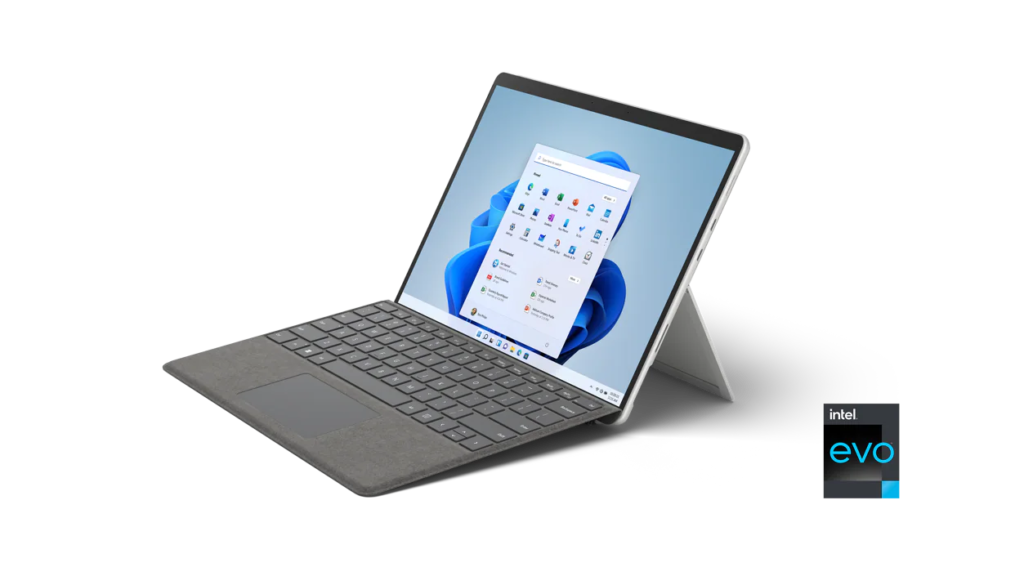Become a One-to-One School with IT Systems
Become a One-to-One School in 4 Easy Steps
Do you want to become a 1:1 school school but don’t know where to begin? Well, then this blog is a must read for you!
Before moving forward with the one-to-one model, you need start with your network infrastructure. Jumping past this vital stage will lead to the impending doom that is technological waste.
Step One – Time to start planning
Planning is so underrated. It may not be for everyone, but it is crucial to designing successful one-to-one programme. Implementing a one-to-one policy is an impossible task for any one individual, therefore we suggest creating a team and making the most of your expert IT provided i.e. IT Systems. This allows you to bounce ideas off one another conduct exceptionally detailed analysis of your organisation before ever making any changes.
Keep in mind that change is a product of inspiration, motivation and dedication. To motivate your school community and drive change, you need an inspiring vision that earns widespread support. A great, shared vision ensures the entire school community is excited and supportive of the outcomes the transformation will drive. You will also need to consider how to manage change, ensure sustainability, and embed a continual cycle of improvement.
How can IT Systems support you?
We have been in the business since 1996, this means we have real experience in the field so you can see what works well and avoid what doesn’t. We know that becoming a one-one school is an incredible opportunity for the whole school community. Our team can help you navigate this process smoothly, ensuring that you have the proper knowledge and key skills needed to make your one-to-one program a roaring success. When a school is preparing to become a 1:1 school one of team will come out to your school and conduct a detailed review of all things infrastructure, this allows us to fix anything that could impede your journey.

Step Two – Develop Those Idea’s
It is now time to put those plans into action. How are you going to link one-to-one with practical classroom application to ensure optimum results? Best place to start is with those who know their subject best, your teachers, of course!.
One-to-one learning brings exciting new ways to learn, so brainstorming on how to implement one-to-one learning will ensure that you don’t miss a trick. We will help you to set goals and deadlines. This ensures that the process will not overwhelm you or your staff and you will have a constant idea of what stage you are at.
Some key areas to keep in mind.
- Personalised Styles of Learning
- Adaptable & Hybrid Learning
- Social & Emotional Development
- Future-Ready Skills

Step Three – Choose your Device & Create a Payment Plan
Now that you have your detailed plans and timeline ready to go, it is time for you to pick your technology partner. Luckily for you, IT Systems are a leader of the ICT in education scene. So now that is ticked off, you need to decide what devices are the right fit for your school. We cannot stress that going for the low-cost device is not always the answer. A low-cost device can quickly become a high-cost hindrance if it stops students and teacher from achieving their daily goals. While the choice of devices consists of smartphones, tablets, laptops, laptops with touch and 2in1 with touch & pen, we would recommend choosing your device as follows.
- A robust tablet and case is best suited to early years primary level education.
- Laptop can be used for both primary and post-primary but different specifications will be needed.
- 2-in-1 device’s are best suited to post-primary.
Step Three – Continued
Now that you have your device picked you need to determine who will pay for the devices, how much and when it is due. We recommend creating a payment model that will stand the test of time and ensure that all students can participate. This payment model should also take the teachers working within the school into consideration. Upgrades may be offered to staff should this be of interest to your organisation. However, this will incur a contribution fee that will need to be paid by the member of staff. Should the school wish to make a contribution, this may be applied also leaving an outstanding fee for the staff member to pay towards.
Step Four – Commence “Operation Roll-Out”
It is time to commence operation roll-out! At this point, you have created your vision, selected your technology partner and selected your device. So, it is time to determine how you are going to measure your success and analyse how your one-to-one model is operating. It important to remember that not everything is going to always run smoothly and that is okay! Long term success will need ongoing monitoring, measurement and constant refinement. Think of Operation Roll-Out as the first of many missions. The beauty of one-to-one technology is that it will enable you to continue to build upon what you have achieved in previous years. .
Determine how you measure success.
- Explore the effects of one-to-one learning on student performance, engagement and satisfaction.
- The ability to digitalise tasks such as sharing individual student attendance and performance data with parents.
- Overall school performance in terms of education standards.

Step Four – Commence “Operation Roll-Out”
It is important to engage with all members of the school community whilst transitioning. A move to one-to-one may challenge some people’s idea of student learning. Share your progress often and offer regular updates to maximise community and parent support. We would also advise to accept and acknowledge the feedback given.
Often, schools will pilot their one-to-one programme with a group of first year students to begin with. This provides staff and students with the opportunity to familiarise themselves with the devices. It is a good idea to organise familiarisation sessions that introduce the students to their devices. These sessions cover all topics including;
- Why are they getting a device.
- How do they use the device.
- What are the rules of the device.
- What are the procedures to follow if something goes wrong.
Hosting these sessions will make it easier for teachers to get students to focus on the curriculum once they start using their devices in class. It is important to establish ground rules and routines for the use of technology within the classroom. This may be the first time that some students have had the opportunity to use technology regularly during learning. We would encourage teachers to have an open but age-appropriate discussion with their students on topics such as online safety, device protocols and new styles of learning. Allocating time to ensure that students and parents are familiar with the supplied technology will also prove to be highly beneficial in the long term.
Our Conclusion
One-to-one devices are set to be the chosen avenue which the traditional methods of education are set to take. A one-to-one programme allows you to move technology out of the traditional ICT suite and directly into hands of each individual learner. At the crux, it empowers your entire school community to achieve more than they could ever imagine.








Recent Comments